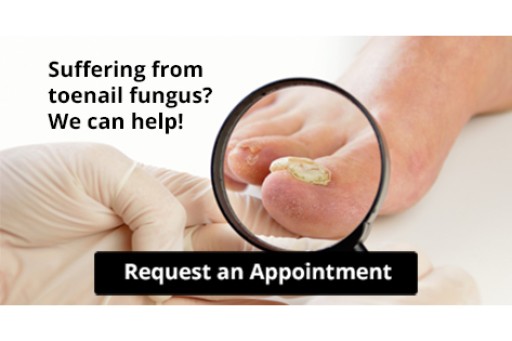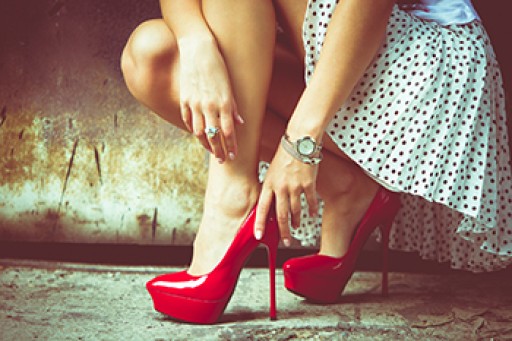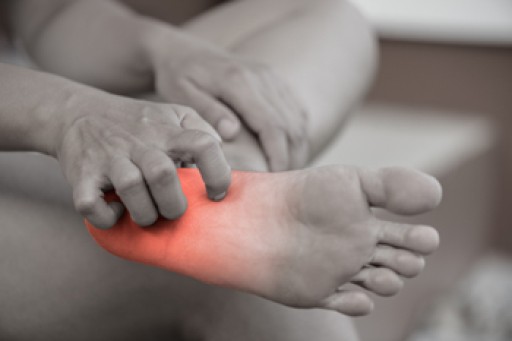
Morton's neuroma is a foot condition that often goes under the radar but can cause significant discomfort. It occurs when the tissue surrounding the nerves leading to the toes thickens, resulting in nerve compression. This compression can lead to a variety of unpleasant symptoms. Foremost is pain, typically felt in the ball of the foot or between the third and fourth toes. This pain is often described as a sharp or burning sensation, and patients may liken it to having a pebble in their shoe. Many individuals with Morton's neuroma experience tingling or numbness in the affected toes. Symptoms can worsen with activities that place pressure on the foot, such as walking or wearing tight shoes. If you are experiencing signs of Morton’s neuroma, it is suggested that you confer with a podiatrist who can properly diagnose and treat this condition.
Morton’s neuroma is a very uncomfortable condition to live with. If you think you have Morton’s neuroma, contact one of our podiatrists of Carolina Foot & Ankle Specialists. Our doctors will attend to all of your foot care needs and answer any of your related questions.
Morton’s Neuroma
Morton's neuroma is a painful foot condition that commonly affects the areas between the second and third or third and fourth toe, although other areas of the foot are also susceptible. Morton’s neuroma is caused by an inflamed nerve in the foot that is being squeezed and aggravated by surrounding bones.
What Increases the Chances of Having Morton’s Neuroma?
- Ill-fitting high heels or shoes that add pressure to the toe or foot
- Jogging, running or any sport that involves constant impact to the foot
- Flat feet, bunions, and any other foot deformities
Morton’s neuroma is a very treatable condition. Orthotics and shoe inserts can often be used to alleviate the pain on the forefront of the feet. In more severe cases, corticosteroids can also be prescribed. In order to figure out the best treatment for your neuroma, it’s recommended to seek the care of a podiatrist who can diagnose your condition and provide different treatment options.
If you have any questions, please feel free to contact our offices located in Mount Pleasant and Charleston, SC . We offer the newest diagnostic and treatment technologies for all your foot care needs.













